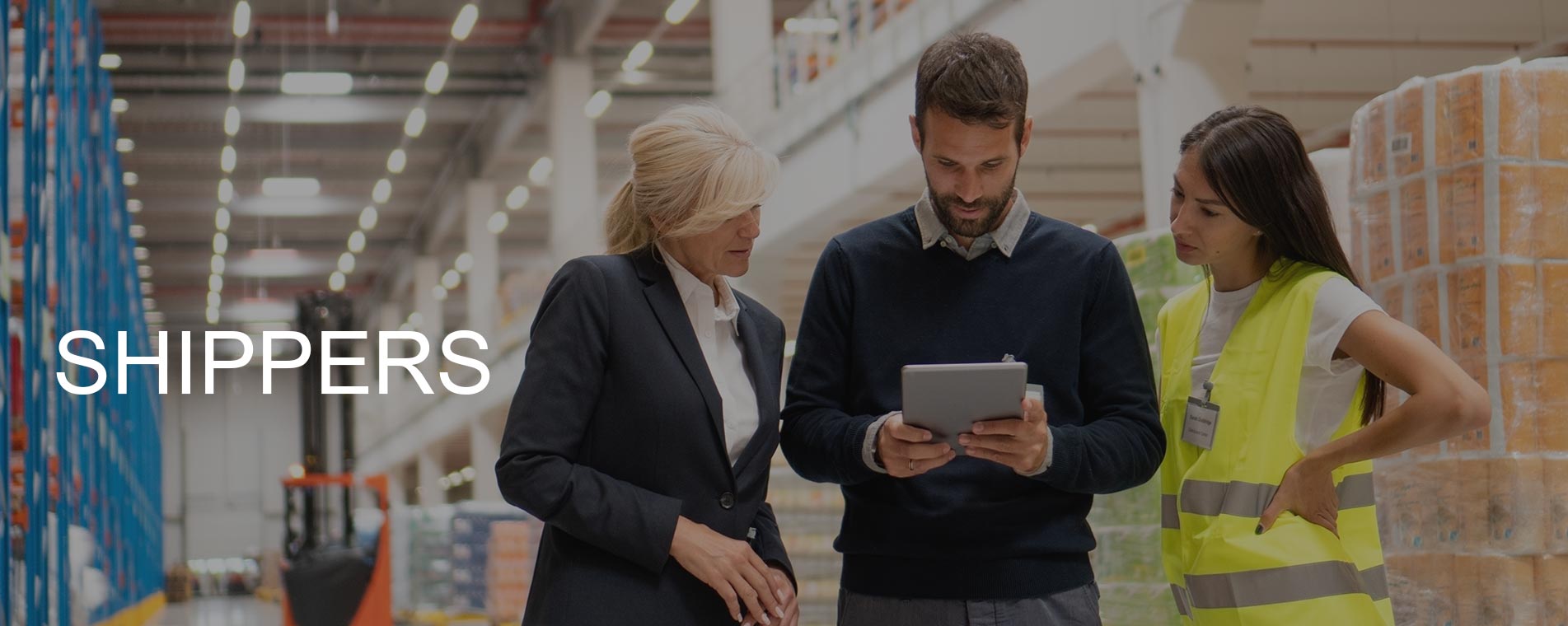Connecting with Supply Chain Stakeholders to Optimize Operations
Historically, information silos in the shipping supply chain have caused low visibility due to a lack of accurate, real-time data. These silos also impact communications between shippers and customers, increasing the risk of delays and supply chain disruptions, making it difficult to measure the performance of carriers and routes. Manual systems and processes are not only slow, but also make it difficult to verify data and documents, inevitably meaning longer booking confirmation and transaction times, and ultimately delays in shipments.
Managing Shipments in a Volatile Market
By its very nature, the shipping industry is highly cyclical and dependent on global trade. When economies are doing well, shipping booms to meet growing demand. During booms, more trucks ...
By its very nature, the shipping industry is highly cyclical and dependent on global trade. When economies are doing well, shipping booms to meet growing demand. During booms, more trucks and ships are ordered to meet demand. However, by the time these orders are fulfilled, economies have often slowed, leading to surplus capacity.
Owing to various legacy limitations, many shippers still rely on spreadsheets, phone calls and other manual processes to organize shipments. This approach is labor intensive, subject to human error, and inefficient. At the other end of the spectrum, some shippers have requirements that are so unique that generic offerings do not fully address their needs.
At the same time, the shipping industry has consolidated to such an extent, that it is challenging to effectively diversify service providers, carriers, and ocean alliances to mitigate risk. While there are huge opportunities to leverage potential savings on shipping rates by negotiating fuel charges, freight rates, assessorial charges and more, most shippers find that capitalizing on these values are not straight forward.
Achieving Compliance to Minimize Cargo Delays
The global nature of the shipping industry, with different rules and processes in different jurisdictions, creates unique challenges. Due to the industry’s reliance on paper-based processes ...
The global nature of the shipping industry, with different rules and processes in different jurisdictions, creates unique challenges. Due to the industry’s reliance on paper-based processes, missing documents are one of the many problems shippers face and several aspects of the processes are beyond shippers’ control, including customs inspections, custom clearance delays, missing duties and taxes, overweight cargo penalties and unexpected closures. An alarming number of containers are also damaged or go missing every year.
Raising Visibility to Dynamic ETAs and Beyond
Global trade is dependent on strict timelines for delivery. Most businesses rely on their goods being shipped from the origin and received at the destination on time. Especially businesses that require ...
Global trade is dependent on strict timelines for delivery. Most businesses rely on their goods being shipped from the origin and received at the destination on time. Especially businesses that require just-in-time deliveries like the garment and automotive industries. Moreover, the rapid development of ecommerce, as well as changes in customers’ expectations, has added another layer of challenges to already complex global supply chain processes.
One of the most common frustrations faced by shippers today is the lack of updated and accurate ETAs of their goods. Most customers want a continuously updated ETA as events are unfolding throughout the supply chain, so they can plan accordingly, while in high-value industries like pharmaceuticals, supply chain integrity is a top priority. Several factors can threaten that integrity, including temperature deviations, cargo theft, counterfeiting and more. In an industry where delivering loads on-time and in-full can save lives, shippers need to increase end-to-end visibility and manage risk. Shippers looking for container visibility often end up scanning more than a dozen different terminal, carrier, and equipment provider websites to try and track their cargo, which is inefficient and unreliable.
Meeting Critical Delivery Deadlines
Manufacturers of consumer products must hit strict delivery dates set by their customers, referred to as Must Arrive by Dates (MABDs), or fees are incurred. If unable to meet timelines dictated by ...
Manufacturers of consumer products must hit strict delivery dates set by their customers, referred to as Must Arrive by Dates (MABDs), or fees are incurred. If unable to meet timelines dictated by customers, consumer brands can lose tens of thousands in profit on a quarterly basis and ruin buyer relationships.
Managing Added Complexity of Refrigerated and Hazardous Cargo
An increasing number of consumer goods are perishable and require temperature-controlled transportation. Demand for this specialized equipment has increased dramatically with consumer ...
An increasing number of consumer goods are perishable and require temperature-controlled transportation. Demand for this specialized equipment has increased dramatically with consumer preference for fresh products, while the supply of reefers has seen little improvement due to the higher cost of ownership and a more challenging regulatory environment. This means significantly tighter capacity and often higher prices when compared with a traditional truckload or dry van.
The shipping of hazardous goods is highly specialized. Each entity in the chain needs to have full awareness of the hazardous materials being shipped, the documentation required, the labelling and transport requirements and the regulations to be followed. Therefore, it is always better to appoint a logistics services provider or a hazardous goods specialist who know the process, procedures, packing and packaging requirements and the documentation required for shipping your dangerous goods.
Reducing Costs While Delighting Customers
Shippers, and their customers benefit significantly from a parallel paradigm digital ecosystem that is capable of delivering real-time data and information from multiple parties for effective planning and true visibility, in addition to facilitate more accurate predictions of delivery times, cargo conditions, and cargo safety. Answering the key question: When will my cargo arrive? with confidence and accuracy should be and is possible.


